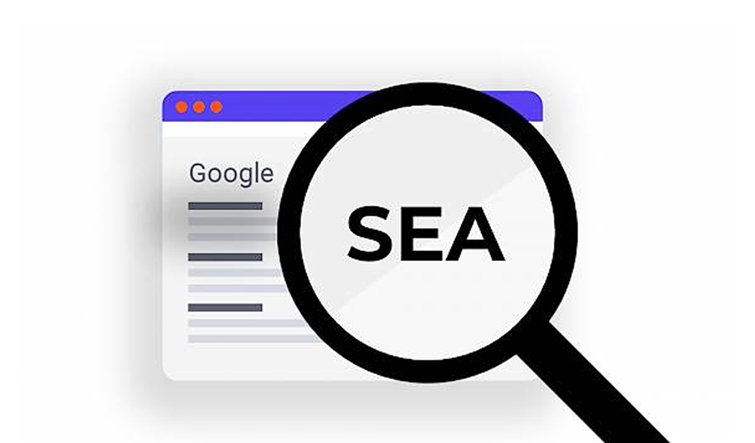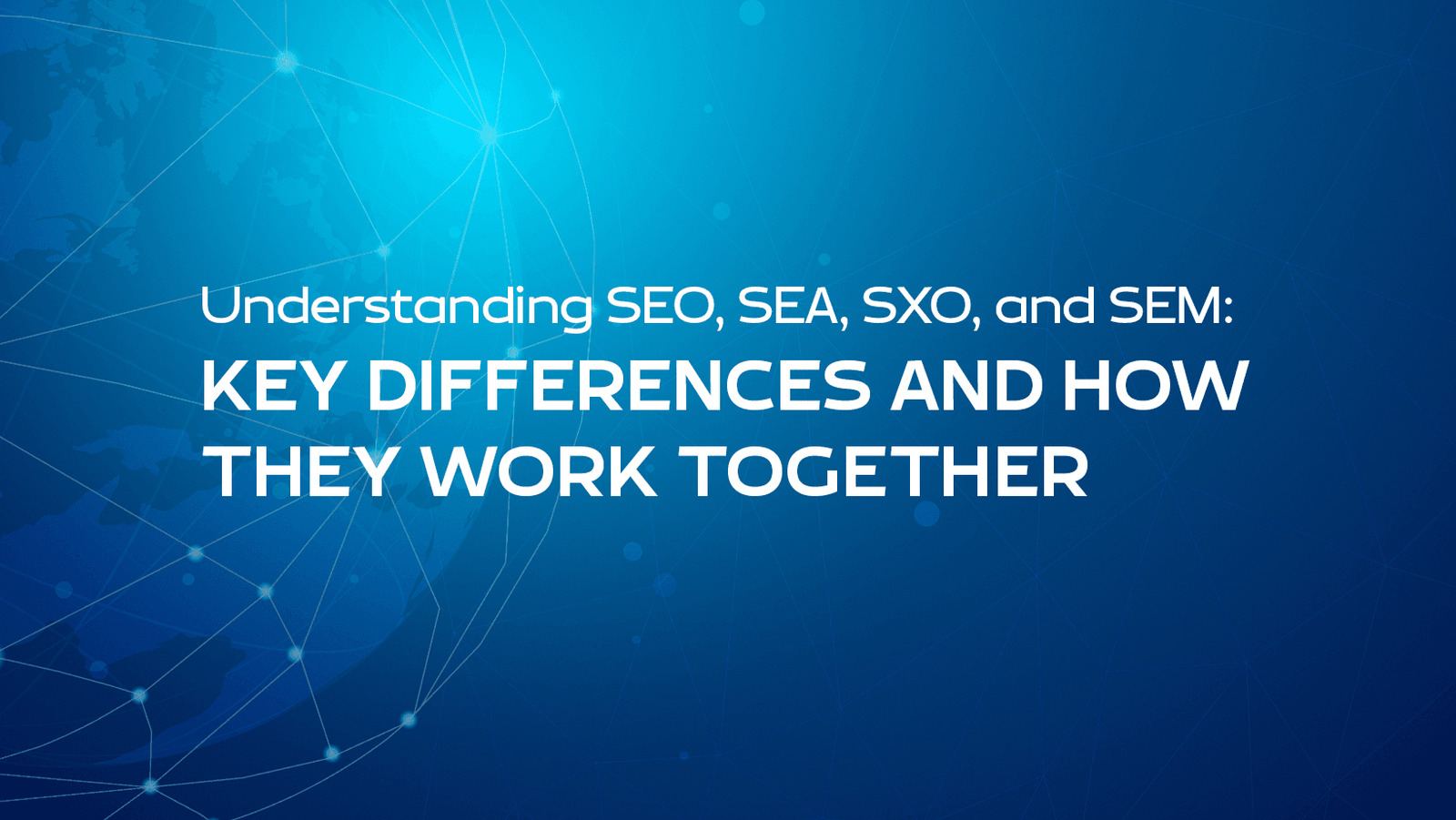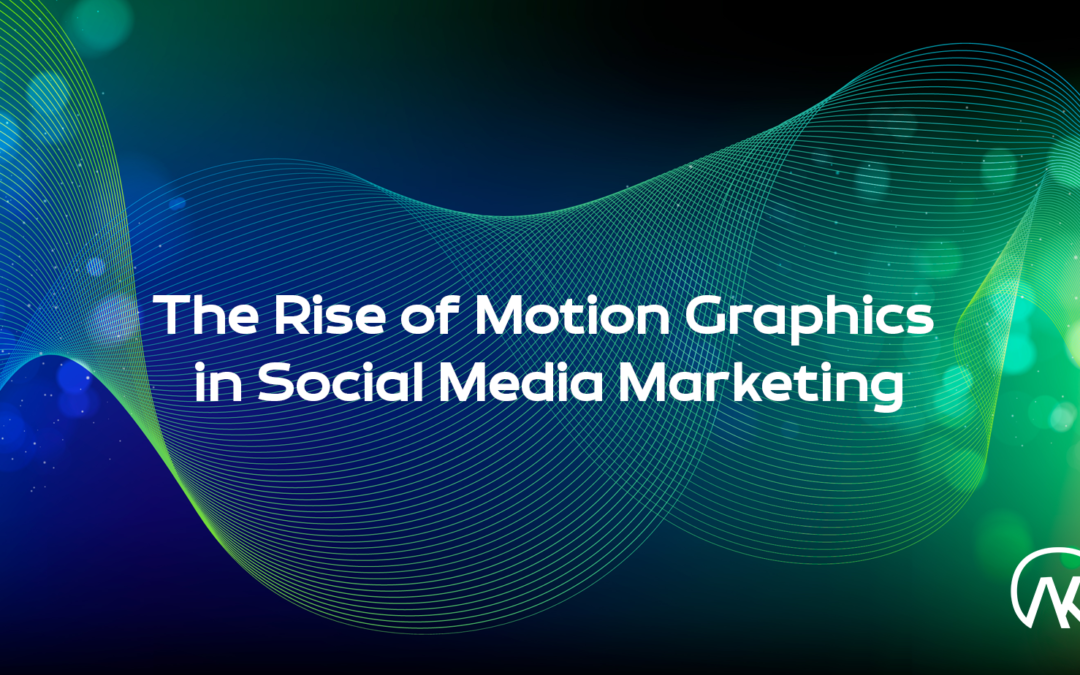In the world of digital marketing, search engine strategies play a crucial role in driving traffic and increasing visibility. But with so many acronyms SEO, SEA, SXO, and SEM it can be confusing to differentiate between them. Understanding these concepts will help you craft a more effective online marketing strategy.
Post Outline
1. SEO (Search Engine Optimization) – Organic Visibility
What is SEO?
SEO is the practice of optimizing a website to improve its organic (non-paid) rankings on search engine results pages (SERPs). The goal is to attract high-quality traffic without paying for clicks.
Key Elements of SEO:
- On-page SEO: Content optimization, keywords, meta descriptions, and internal linking.
- Off-page SEO: Link building, social signals, and brand authority.
- Technical SEO: Site speed, mobile-friendliness, structured data, and indexing.
Pros of SEO:
✅ Long-term, sustainable traffic growth.
✅ Builds credibility and trust with search engines.
✅ Cost-effective compared to paid strategies.
Cons of SEO:
❌ Takes time to see results.
❌ Requires continuous optimization and content updates.

2. SEA (Search Engine Advertising) – Paid Search Visibility
What is SEA?
SEA involves running paid ads on search engines (e.g., Google Ads) to appear at the top of SERPs. It operates on a Pay-Per-Click (PPC) model, meaning you pay each time someone clicks on your ad.
Key Elements of SEA:
- Keyword bidding & audience targeting.
- Creating compelling ad copy and landing pages.
- Performance tracking and budget optimization.
Pros of SEA:
✅ Immediate visibility and traffic boost.
✅ Highly targeted advertising for specific audiences.
✅ Measurable results and ROI tracking.
Cons of SEA:
❌ Can be expensive, especially in competitive industries.
❌ Traffic stops once you stop paying.

3. SXO (Search Experience Optimization) – Enhancing User Experience
What is SXO?
SXO is a combination of SEO and UX (User Experience), focusing on providing an optimized search experience for users. The goal is to not only rank higher but also improve engagement and conversions.
Key Elements of SXO:
- Improving page load speed and mobile responsiveness.
- Enhancing navigation and readability for better user experience.
- Optimizing CTAs (Call-To-Action) to boost conversion rates.
Pros of SXO:
✅ Increases user satisfaction and engagement.
✅ Enhances conversion rates by improving the user journey.
✅ Complements SEO for better organic rankings.
Cons of SXO:
❌ Requires ongoing testing and user behavior analysis.
❌ Needs UX/UI improvements beyond just SEO efforts.

4. SEM (Search Engine Marketing) – The Complete Strategy
What is SEM?
SEM is an umbrella term that includes both SEO and SEA. It refers to all marketing strategies aimed at increasing visibility on search engines, both organic and paid.
How SEM Works:
- Uses SEO for long-term organic growth.
- Uses SEA for immediate, paid visibility.
- Combines data analysis, keyword research, and content optimization.
Pros of SEM:
✅ Maximizes visibility by combining paid and organic strategies.
✅ Offers both short-term and long-term growth.
✅ Helps brands dominate search engine results.
Cons of SEM:
❌ Requires expertise in both SEO and SEA.
❌ Can be costly if not managed effectively.

Which Strategy Should You Choose?
- If you want long-term, sustainable traffic, focus on SEO & SXO.
- If you need immediate visibility, invest in SEA.
- If you want a full-scale strategy, combine SEO, SEA, and SXO under SEM for maximum impact.
🚀 Which approach does your business use? Let’s discuss in the comments!





